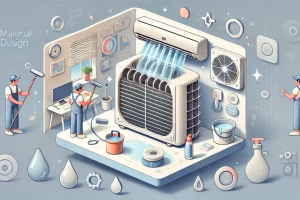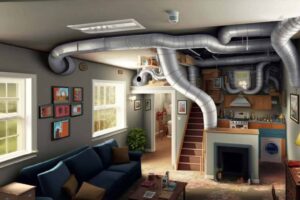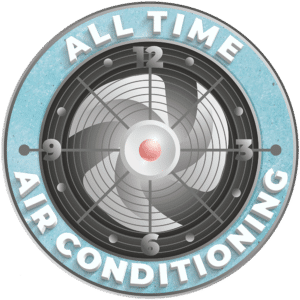Fixing Water Leakage from Indoor Unit of Split Ac
If the indoor unit of your split air conditioner has water dripping from it, do not panic. You can quickly fix it on your own or by calling in an HVAC professional. The first thing you need to do is switch off the power to the AC unit and make sure the wet area is completely dry. If you wish to do it on your own, make sure you are comfortable dealing with the components inside the indoor unit. In case you do not have the necessary tools or you have any kind of doubts, you should call in a professional to fix the problem. However, if you have decided to do it on your own and you are comfortable, here are a few things that might help you fix the problem:
Tips To Fix Water Dripping From Split AC Indoor Unit
Condensation Drain Line Blockage
Sometimes, the drain line gets blocked due to buildup of algae, fungi, mold, debris, sludge, and dirt. This blockage or clogging does not allow the accumulated water to drain. Water gets accumulated inside due to condensation, and without proper drainage, this water starts spilling inside your home.
Solution
To fix it on your own, you will need a vacuum that comes with a long hose attachment. In addition, you will also need a screwdriver and a bucket. Begin by opening the front section of your unit and by removing the filters. Carefully remove the front panel of the unit and find out the pipe that is used for draining the water.
Carefully disconnect the pipe and make sure all the excess water inside the pipe is collected in a bucket. After the pipe is completely drained, use your vacuum cleaner to suck out the blockage. It is also recommended to pour a small amount of chlorine bleach or vinegar down the drain to get rid of any fungi or bacteria.
Drain Line Disconnected
Your air conditioner sucks out humidity from the air, and it gets collected in the drip pan. Water in the drip pan is then drained out through the drain line. If the drain line isn’t properly connected or is completely disconnected, the drip pan will eventually overflow, leading to water leakage inside your home.
Solution
It’s simple to fix this problem. You will just need to make sure that the drainpipe is appropriately connected to the drip pan. If water dripping doesn’t stop even after joining the drainpipe properly, you will need to replace it altogether to avoid a repeat of this issue.
Drip Pan has Holes or Cracks
Rusting or corrosion can cause holes or cracks in the drain pan. If there are holes in the drip pan, the water will leak and drip out through the indoor unit.
Solution
Take out your vacuum cleaner to get rid of the standing water. You will also need epoxy glue and flashlight. Once the drain pan is empty, use your flashlight to detect all the holes or cracks in the pan. Use your epoxy glue to fix all the cracks. In case there are too many cracks, it’s recommended to replace the drip pan with a new one.
Air Filters are Dirty
Dirty air filters can also cause leakage. If filters are dirty, these do not allow proper passage of air, and that might lead to freezing of evaporator coils.
Solution
It’s easy to fix this problem. Take a brush and some water and get rid of all the dust in the air filters. It is also recommended to change the air filters every 4 to 6 weeks during peak season.
Low Refrigerant Level Causing Evaporator Coils to Freeze – Sometimes, the evaporator coils might freeze due to low levels of refrigerant, and that will lead to water leakage from the indoor unit of split AC.
Faulty Installation
Sometimes, leakage happens due to incorrect installation of your indoor unit. After all, everyone makes mistakes.
Solution
If you have checked everything and are unable to find the source of water leakage, give a call to an HVAC professional. They will check everything and find out if leakage is due to installation problems and they will fix it. It is something you should not try to do on your own.
Condensation Pump Problems
In case there is a problem with the condensation pump inside the unit, it might lead to water leakage from your indoor AC unit. It is best to call in a professional to check as you cannot do it on your own.










Leave a Reply
Your email is safe with us.